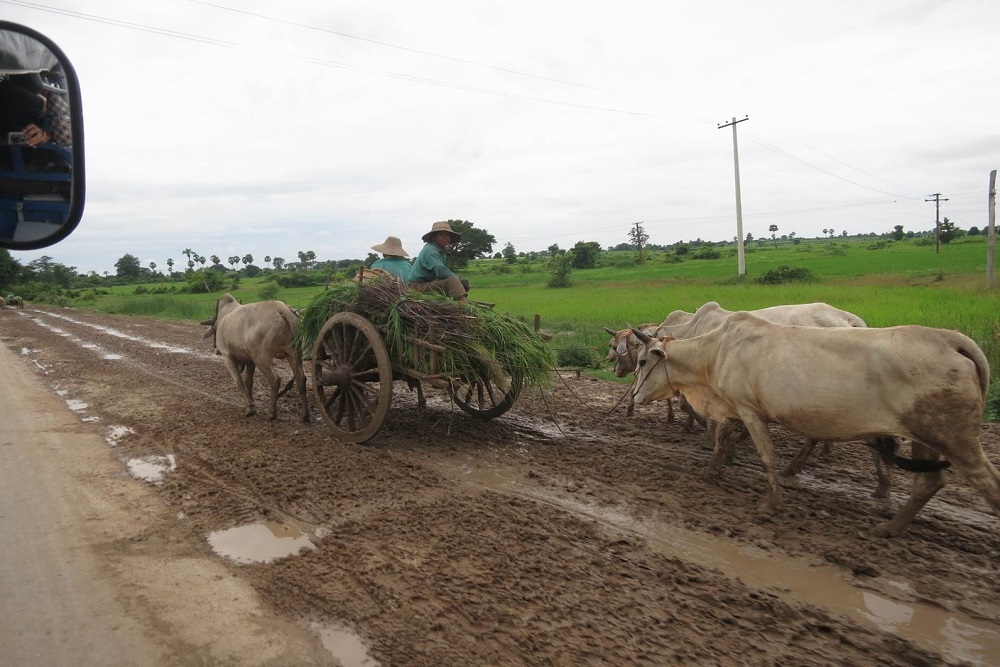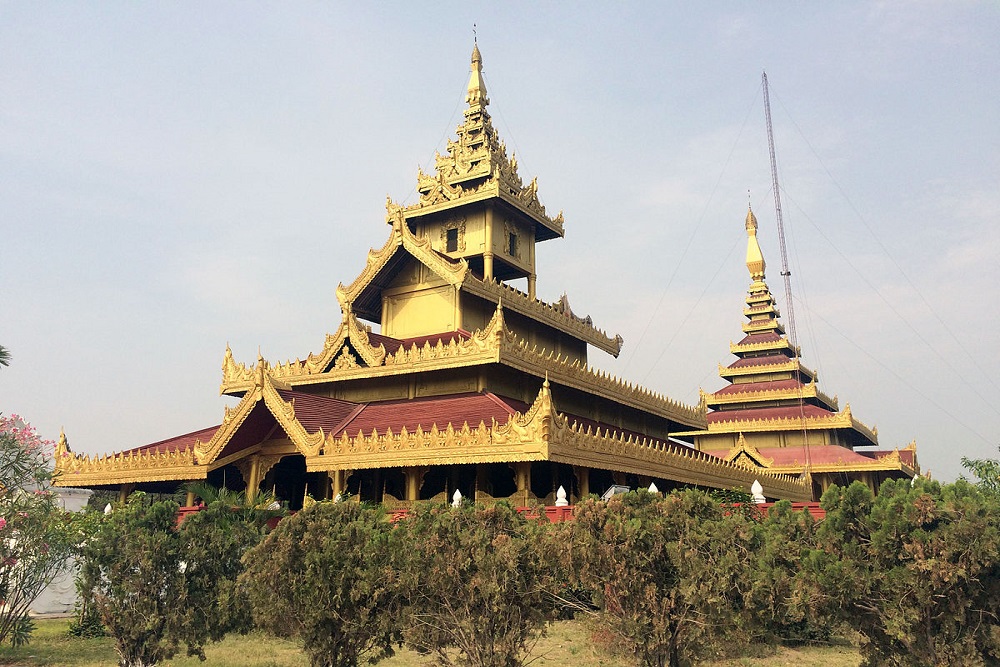About Shwebo
Shwebo is a city in Sagaing Region,110km northwest of Mandalay between the Irrawaddy and the Mu rivers. The city was the national capital from 1752 to 1760 during the Konbaung period.
It doesn’t matter whether this is your first or 51st visit to Myanmar: you won’t fail to notice the energy, hope and possibilities for the future that hang in the air
Up to 1752, Shwebo was a village, called Moksobo. It lies near the site of the ancient Pyu city-state of Hanlin. On 29 February 1752, the chief of the village Aung Zeya founded the Konbaung Dynasty to resist the upcoming invasion of Lower Burma-based Hanthawaddy forces.
Aung Zeya, who also assumed the royal title of Alaungpaya, gained the allegiance of 46 surrounding villages, and organized defenses building a stockade and digging a moat around Moksobo. He renamed his village, Shwebo (lit. Golden Chief). Over the next eight years, Alaungpaya led the reunification of Burma with Shwebo as his capital.
Shwebo lost its status as capital after Alaungpaya’s death in 1760. The successor Naungdawgyi moved the capital to Sagaing closer to the Irrawaddy river. Nonetheless, Shwebo continued to be an important region throughout the Konbaung era (1752–1885), providing a disproportionate share of soldiers that served in Konbaung’s armies.
The region was usually held as an appanage by the most senior princes, usually the crown prince. It was to Shwebo that Prince of Mindon went in 1853 to raise the standard of rebellion in his successful bid to overthrow his half brother Pagan.
DESTINATIONS IN CENTRAL MYANMAR
Bagan
Mt Popa
Mandalay
Monywa
Pyin Oo Lwin
Pyay
Taungoo



